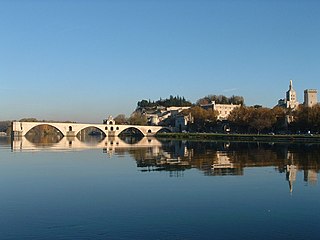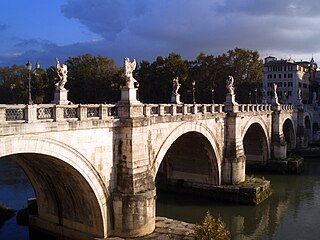 W
WThe masonry arch bridges of stone or brick are the most genuine of arch bridges, some lasting a thousand years. Because they are made of worked stone, there is a slight chance they might even stand without mortar, like the Pont du Gard aqueduct. Yet arch bridges using rough hewn stones like Changhong Bridge need mortar to stand. Arches with a core of reinforced concrete covered by facade stone for decoration are not to be included in this list, the load-bearing part of the arch should be cut stone or brick, or as follows, unreinforced concrete.
 W
WThis list of continuous bridge spans ranks the world's continuous truss bridges in two First by the length of main span and second by the total length of continuous truss spans.
 W
WThis is a list of crossings of the Danube river, from its source in Germany to its mouth in the Black Sea. Next to each bridge listed is information regarding the year in which it was constructed and for what use it was constructed, and the distance from the mouth of the river in kilometres where available.
 W
WThe Dnieper is one of the major rivers of Europe, rising in the Valdai Hills near Smolensk, Russia, before flowing through Belarus and Ukraine to the Black Sea. It is the longest river of Ukraine and Belarus and the fourth-longest river in Europe, after Volga, Danube and Ural. The total length is approximately 2,200 km (1,400 mi) with a drainage basin of 504,000 square kilometres (195,000 sq mi). Historically, the river was an important barrier, dividing Ukraine into right and left banks. Nowadays, the river is noted for its dams and hydroelectric stations. The Dnieper is an important navigable waterway for the economy of Ukraine and is connected via the Dnieper–Bug Canal to other waterways in Europe.
 W
WThis is a list of all current crossings of the Dnieper River which begins at the Dnieper River's crossing a Belarus-Ukraine border and extends to its river delta near the Dnieper Estuary at Kherson. Some historic achievements, explanatory notes and proposed crossings are also included.
 W
WThe list of medieval bridges in France comprises all bridges built between 500 and 1500 AD in what is today France, that is including regions which were not part of the country in the Middle Ages, such as Burgundy, Alsace, Lorraine and Savoie. Along with those Roman bridges which remained in service throughout the period, there are in total over 700 structures known.
 W
WThe following is a list of crossings of the Mekong River. The Mekong is a river in Southeast Asia. It is the world's 12th-longest river and the 7th-longest in Asia. From the Tibetan Plateau, this river runs through China's Yunnan province, Burma (Myanmar), Laos, Thailand, Cambodia, and Vietnam.
 W
WThis list documents historical bridges located in New South Wales, Australia. Road, rail and pedestrian bridges are listed. Generally bridges built before WWII (1939) have been included in this list.
 W
WThis is a list of Roman bridges. The Romans were the world's first major bridge builders. The following list constitutes an attempt to list all known surviving remains of Roman bridges.
 W
WThe world's longest suspension bridges are listed according to the length of their main span. The length of main span is the most common method of comparing the sizes of suspension bridges, often correlating with the height of the towers and the engineering complexity involved in designing and constructing the bridge. If one bridge has a longer span than another it does not necessarily mean that the bridge is longer from shore to shore.
 W
WA swing bridge is a movable bridge that has as its primary structural support a vertical locating pin and support ring, usually at or near to its center of gravity, about which the turning span can then pivot horizontally as shown in the animated illustration to the right. Small swing bridges as found over canals may be pivoted only at one end, opening as would a gate, but require substantial underground structure to support the pivot.
 W
WHere are all types of bridges.